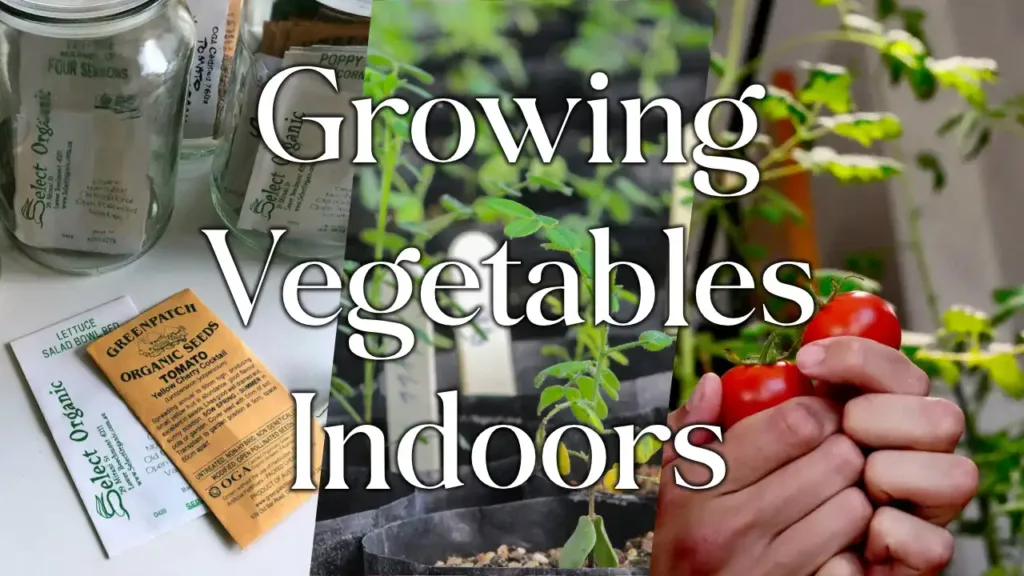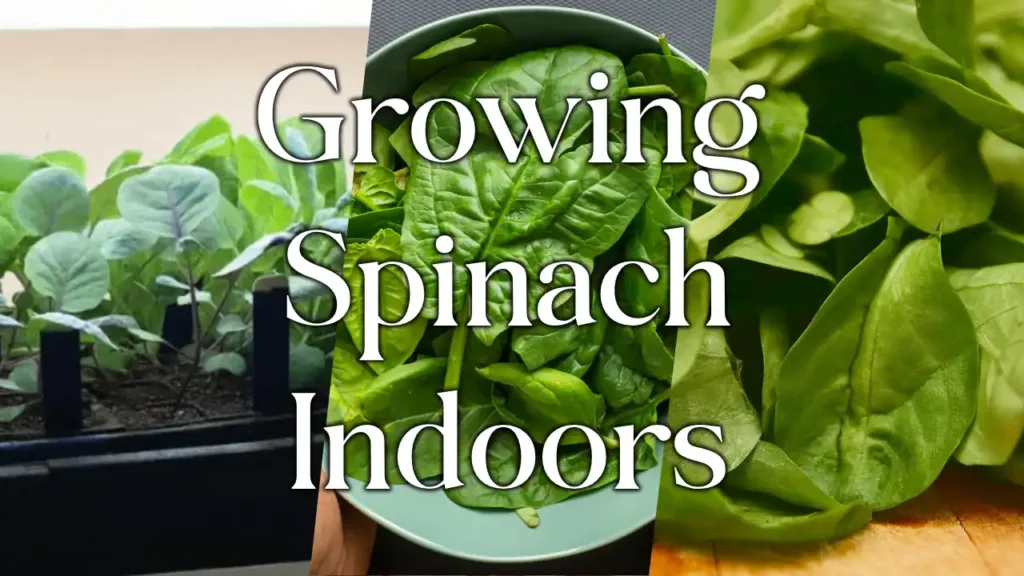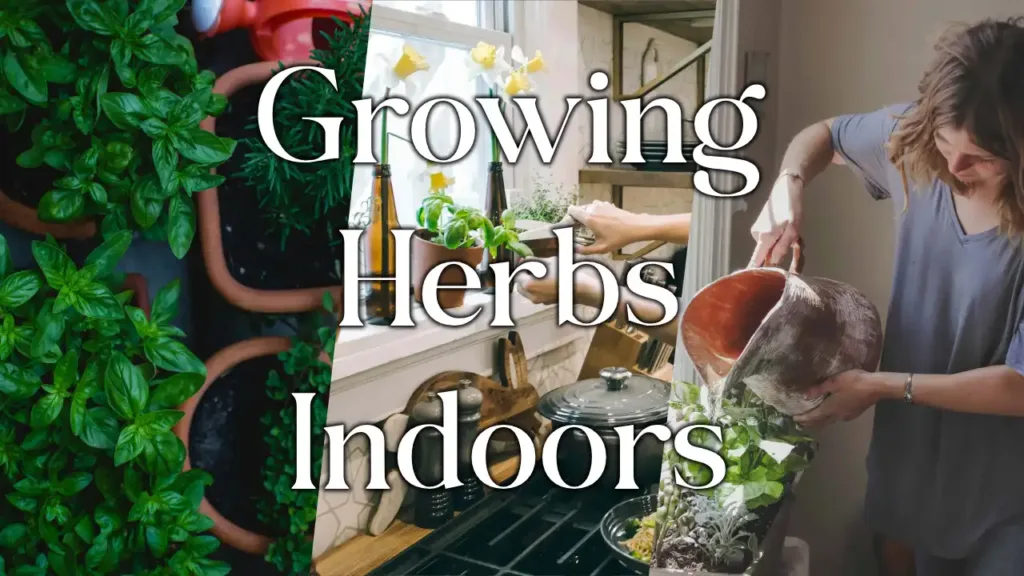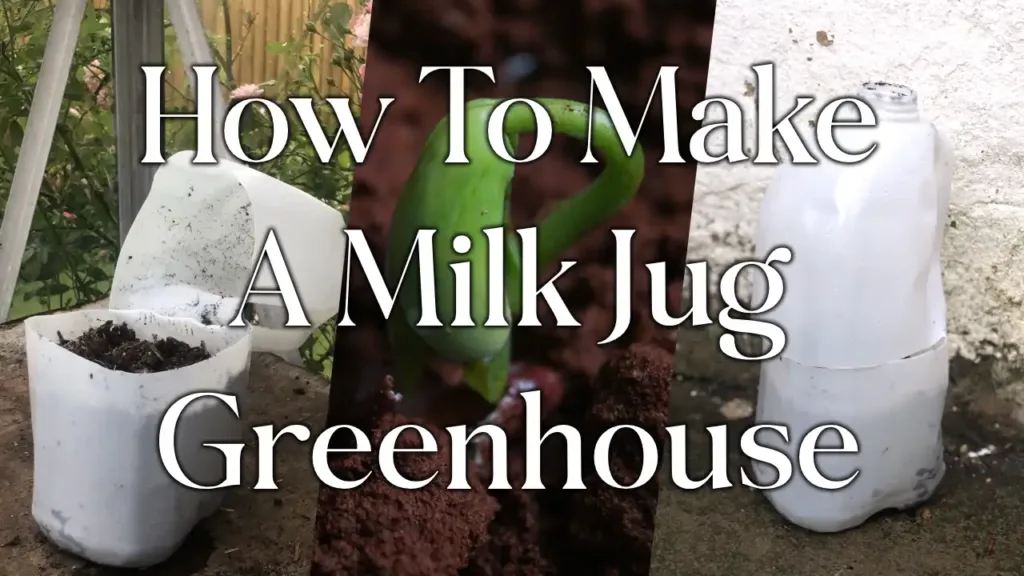At Our Country Garden we’re passionate about growing in any space, from a kitchen garden to a small balcony. However, the truth is that you don’t even need any outside space at all to grow vegetables!
In this guide, we’ll walk you through the process of growing vegetables indoors. So whether you want to cultivate your vegetables entirely indoors or give your seedlings a head start before planting them outside, we’ve got you covered.
Contents
Considerations For Growing Vegetables Inside

While growing your vegetables inside is a relatively straightforward process, there are a few extra things you’ll need to consider compared to planting vegetables outside, such as on your balcony.
Room Temperature
When growing vegetables indoors, you need choose plants that will thrive in the temperatures that your house is at day and night. For us in our draughty country cottage, this means choosing plants that are capable of surviving at temperatures between 23 degrees when the heating’s on and 14 degrees when it’s off in the middle of a winter’s night.
In general, plants prefer a cooler climate, so we’d recommend putting them on a windowsill that’s away from a radiator to keep temperature fluctuations to a minimum.
Light
It’s also a good idea to put your vegetables near a window so that they can get enough sunlight to thrive and grow the best produce. If you don’t have any suitable windows that get at least 6 hours of sunlight, then we’d recommend using a grow light during the daytime to ensure the plants get the light they need.
Containers
Just like when choosing a container for a plant on a balcony, you need to make sure the pot has adequate drainage. This is crucial as it prevents water from pooling at the bottom of the pot, which can lead to your plant’s root’s rotting. We’d recommend choosing pots with adequate drainage holes and consider adding a layer of small rocks or gravel at the bottom to improve the water flow.
Proper Ventilation
It’s really important to make sure that your plants receive good ventilation to prevent mould growth on your soil. We’ve sadly had some mould grow on a couple of our indoor plants over the years and have found that using a small fan or placing the plant by a window that you open for a few hours per day normally prevents it.
A Step-By-Step Guide To Growing Vegetables Indoors
Now that we’ve found a light and ventilated place to grow our vegetables, it’s time to start planting!
Step 1: Choose the Right Vegetables
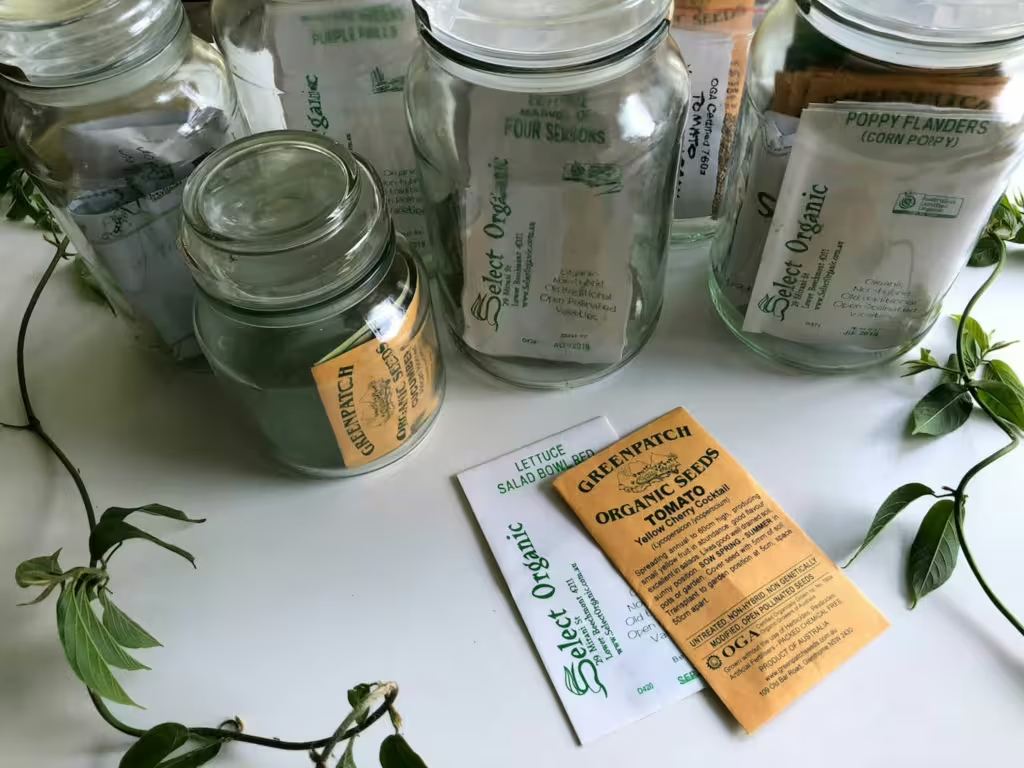
The first step is to choose the right vegetables for your space. We generally recommend plants with small root systems so you don’t need massive pots in your house, but the choice is yours. From our experience, these vegetables grow really well indoors:
- Leafy Greens: Lettuce, spinach, kale
- Herbs: Basil, parsley, chives, mint
- Root Vegetables: Radishes, carrots (opt for smaller varieties)
- Fruiting Vegetables: Cherry tomatoes, peppers, dwarf cucumbers
- Others: Green onions, microgreens
Step 2: Get Planting
After choosing your plants, you’ll need to fill your containers with a high-quality potting soil, leaving about a 3 centimetres until the top of the pot and plant your seeds according to the instructions on the packet. You’ll then need to pop your containers near a window or under a growing light and put on a small fan for ventilation.
Step 3: Look After Your Vegetables
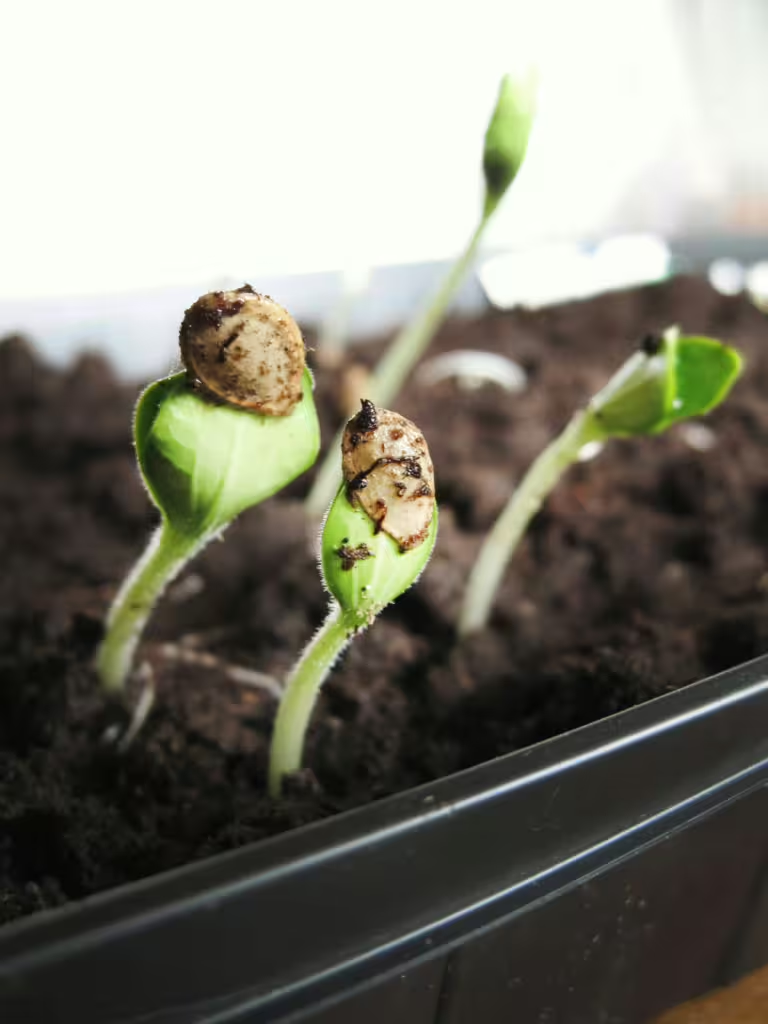
It’s important to keep your vegetables well watered to keep them growing well. Use a watering can or spray bottle to keep the soil consistently moist, but not waterlogged. We’d also recommend that you fertilise your soil with a balanced liquid fertiliser every 2-4 weeks to give your plants enough energy to grow.
If you’re using a grow light, make sure to adjust the height of the grow light as necessary to keep the light near to the leaves, but not so close that it burns them.
Step 4: Harvesting
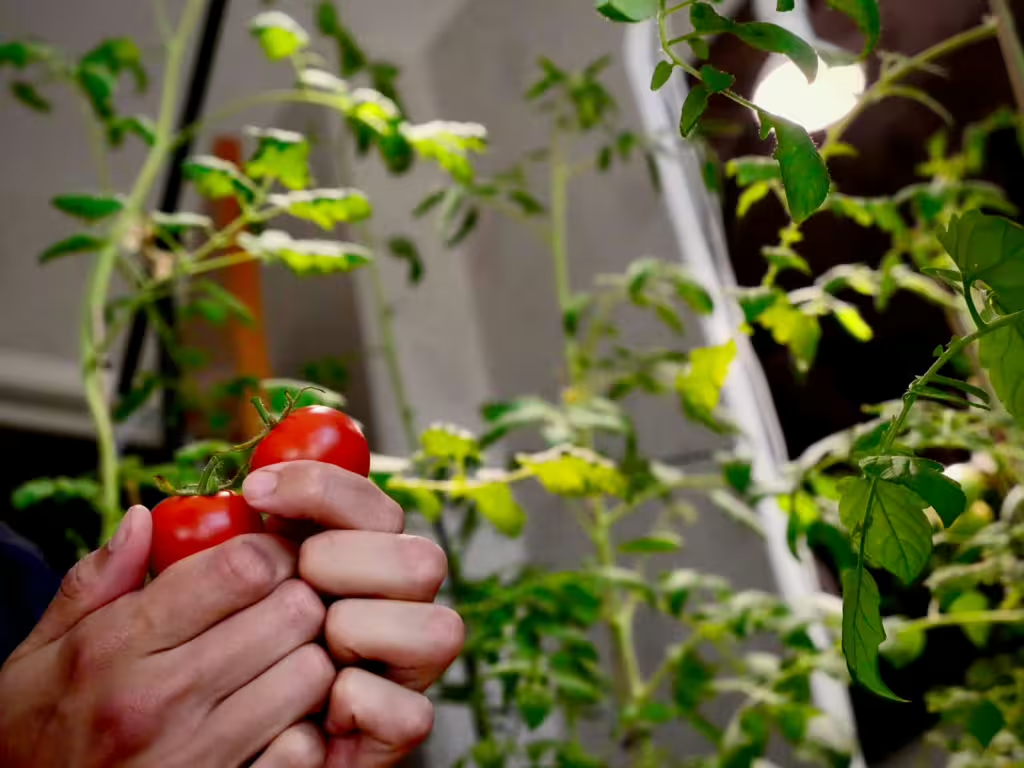
After following these steps for a few months, your vegetables should be soon ready for harvest. When they’ve reached the desired maturity, you’ll be ready to reap the rewards of your labour and enjoy some home grown veg!
Conclusion
Whether you’re planning to start your vegetable seedlings off indoors or grow veg from seed to harvest inside, just enjoy the process. While there are a few more things to consider when growing inside, including ventilation, temperature and light, it’s a really fun experience that we’d recommend all gardeners try out!
If you’re looking to grow other plants inside, take a look at our indoor herb growing tips and our guide to growing spinach indoors. Otherwise, if you’ve got some outdoor space, take a look at our rose picking guide or our advice on choosing plants for increasing privacy on your balcony.

